Whether you own a shop or a store, retail businesses have a lot of challenges that they need to keep at the top of all, including pest problems. These unwelcome guests can contaminate your inventory, tarnish your reputation, and lead to major health code violations. Many shopkeepers believe they need to be concerned about nothing more than telltale signs like droppings or visible insects. But pests are capable of doing extensive damage well before you ever even get a whiff of them.
Various retail shops have specific pest problems. Grocery stores contend with food-attracted pests, while retailers that sell clothes may battle fabric-eating bugs. Electronics stores may experience issues with pests that destroy fragile equipment.
Professional pest control services can work to uncover any vulnerabilities in-store before they turn into expensive disasters. Prevention is cheaper and also good for your business reputation. Check this out to know more about pest control in retail stores and the right way to prevent them.
Which Pests May Come Into Your Retail Store?
Many pests can be a problem in a retail setting, and they each have their issues:
- Rodents – Mice and rats damage products, gnaw on packaging, and leave behind droppings, which can present health hazards
- Cockroaches– Carry bacteria, cause allergies, and breed quickly in warm, dark corners
- The smell of food sources draws ants, which can contaminate stock and leave visual trails.
- Flies – They spread diseases, they’re irritating to patrons, and they mean problems with sanitation
- Moths – Their larvae consume clothing, fabric, and stored products
- Beetles - Invade stored products, especially grain and natural remnants
What do you do if you spot pests in your retail store?
- Immediate Response Actions
Act Fast When you find pests in your store, act to stop the problem from growing. First, record the sighting with images and notes about the date and place. This information is valuable for PCOs to ascertain the origin and severity of an infestation.
Dispose of any soiled items as soon as possible. Store items in sealed plastic bags in an appropriate place for disposal. Disinfect, where applicable, to remove attractants and potential breeding places.
- Contact Professional Help
Do not bother with DIY pest control in retail settings. Most of the sprays and traps you grab off the shelf will not work for more than a few minutes, and the primary issue will remain untouched. Professional pest control also recognizes the challenges that retailers face and offers solutions that are safe for customers and merchandise.
Book an inspection quickly. Pest management professionals like those who work for Ehrlich can inspect for entry points, gauge the extent of the problem, and then design a treatment plan that will cause the least disruption to your business.
Prevention Methods to Keep Your Retail Store Pest-Free
- Follow Regular Cleaning
Regular cleaning habits are the most critical part of preventing pests from infesting your home. Dust and mop floors daily or at least as often as they will tolerate. Pay close attention to corners and behind your displays, where dirt collects. Vacuum the carpets frequently and clean up spills right away, if any.
Wash out trash cans often and use those made of sturdy plastic with tight-fitting lids. Store trash in tight dumpsters at a distance from the entrance of your building. Organize and maintain storage areas and avoid clutter, which creates locations for pests to hide.
- Food and Storage should be handled
If your store carries goods meant for consumption, adequate storage is crucial. Place opened items in airtight containers; rotate stock as new supplies come in so old ones get used first. This principle checks expiration dates and discards expired items periodically.
- Building Maintenance and Exclusion
Seal up cracks and gaps around doors, windows, and utility lines. Even tiny cracks can be enough for pests to squeeze through. Install weather stripping around doors and replace damaged window and vent screens.
Keep good drainage around your structure. Stagnant water is a breeding ground when it comes to pests. Repair any leaking pipes and provide enough ventilation in areas of high humidity, for example, in restrooms and storage rooms.
- Staff Training and Monitoring
Educate your staff to look for signs of pests early. Trained teaching staff members can identify droppings, patterns of damage, or unusual odors that might signal problems in the early stages. Establish a reporting system so that employees can promptly inform management of potential issues.
Set up inspection routines. Methodically walk through your store, inspecting known problem areas such as storage rooms, break areas, and loading docks. Studies show that 68% of infestations are found through periodic inspections, as opposed to customer complaints.



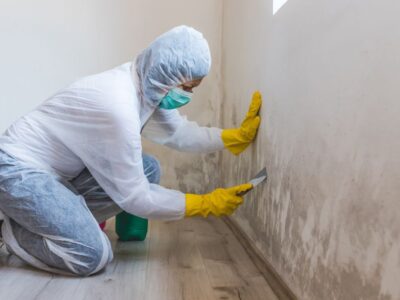
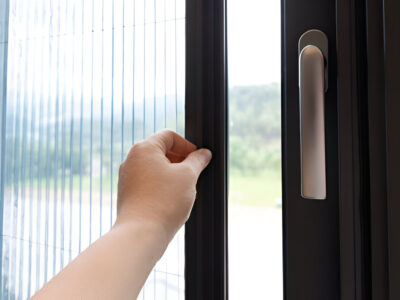


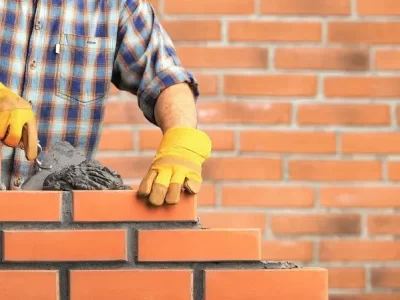


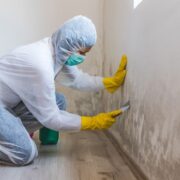
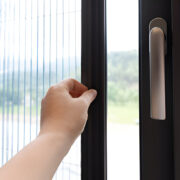




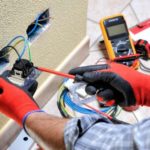


Comments